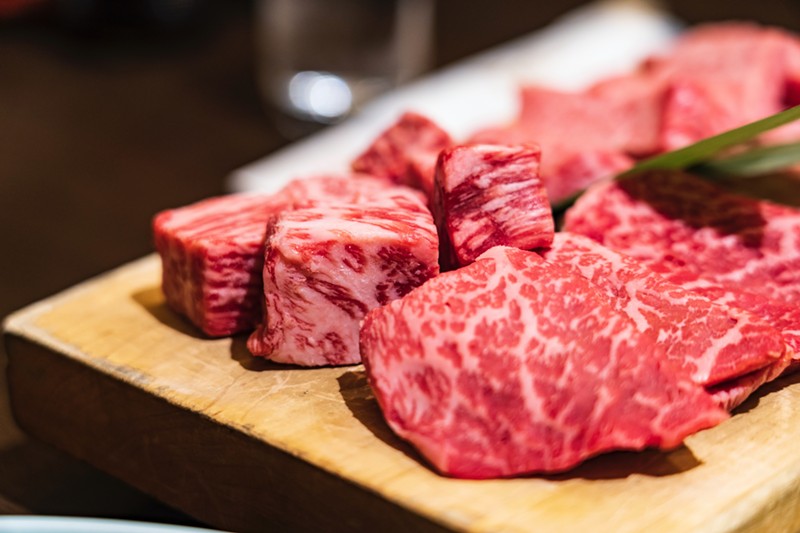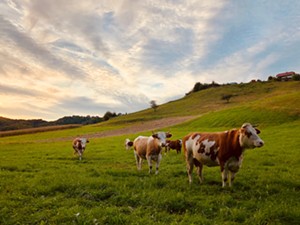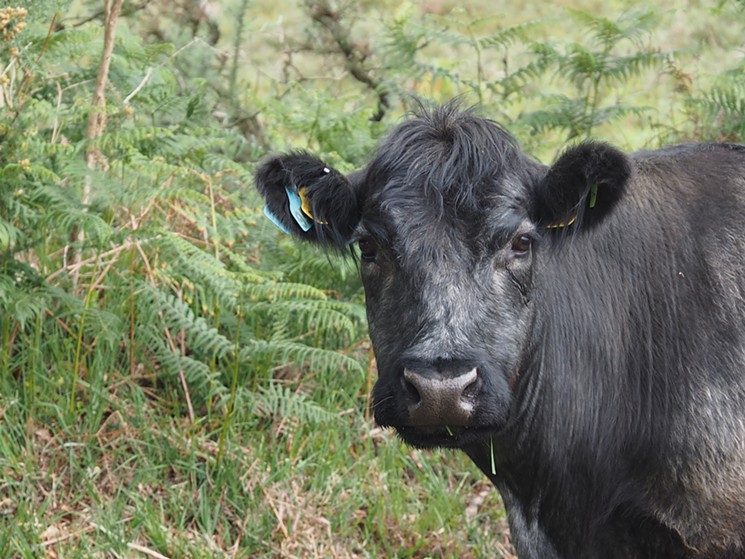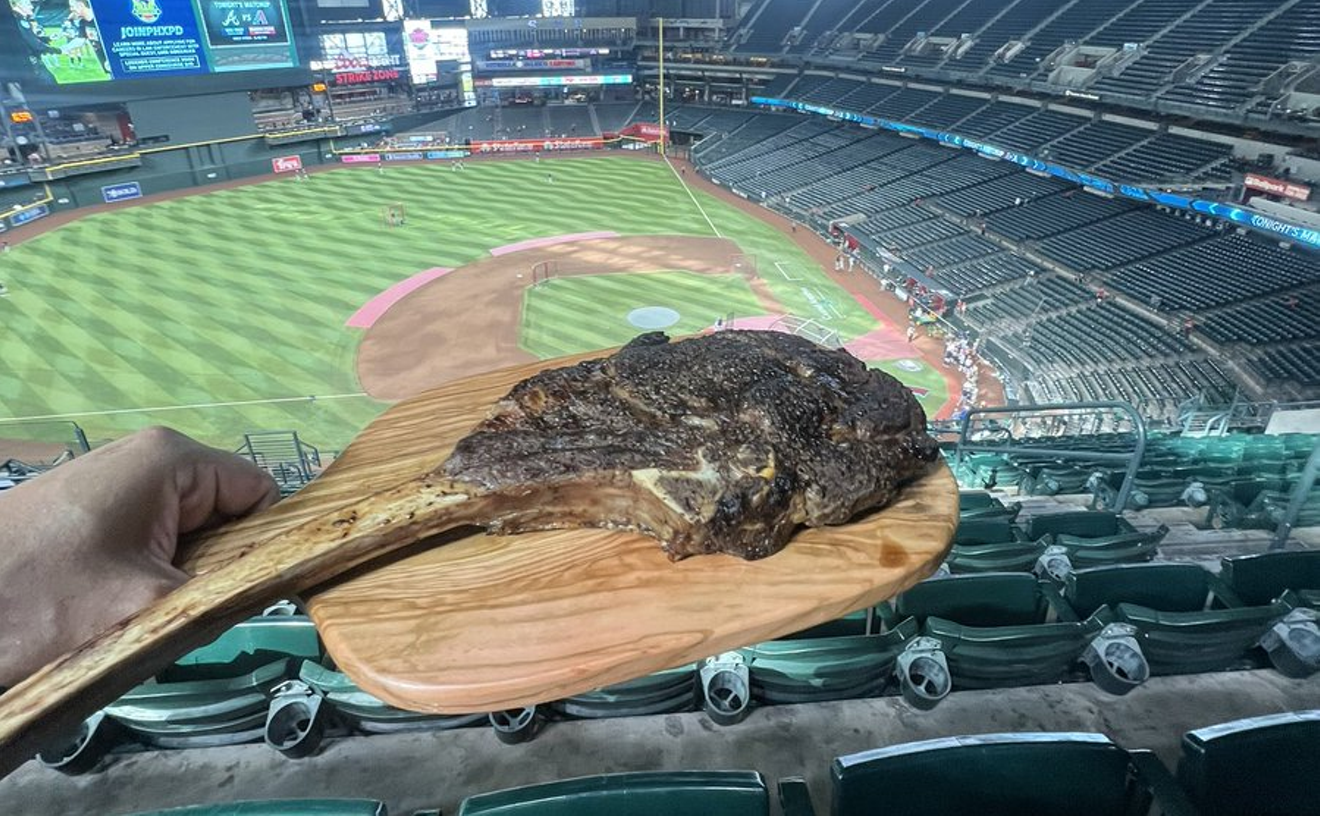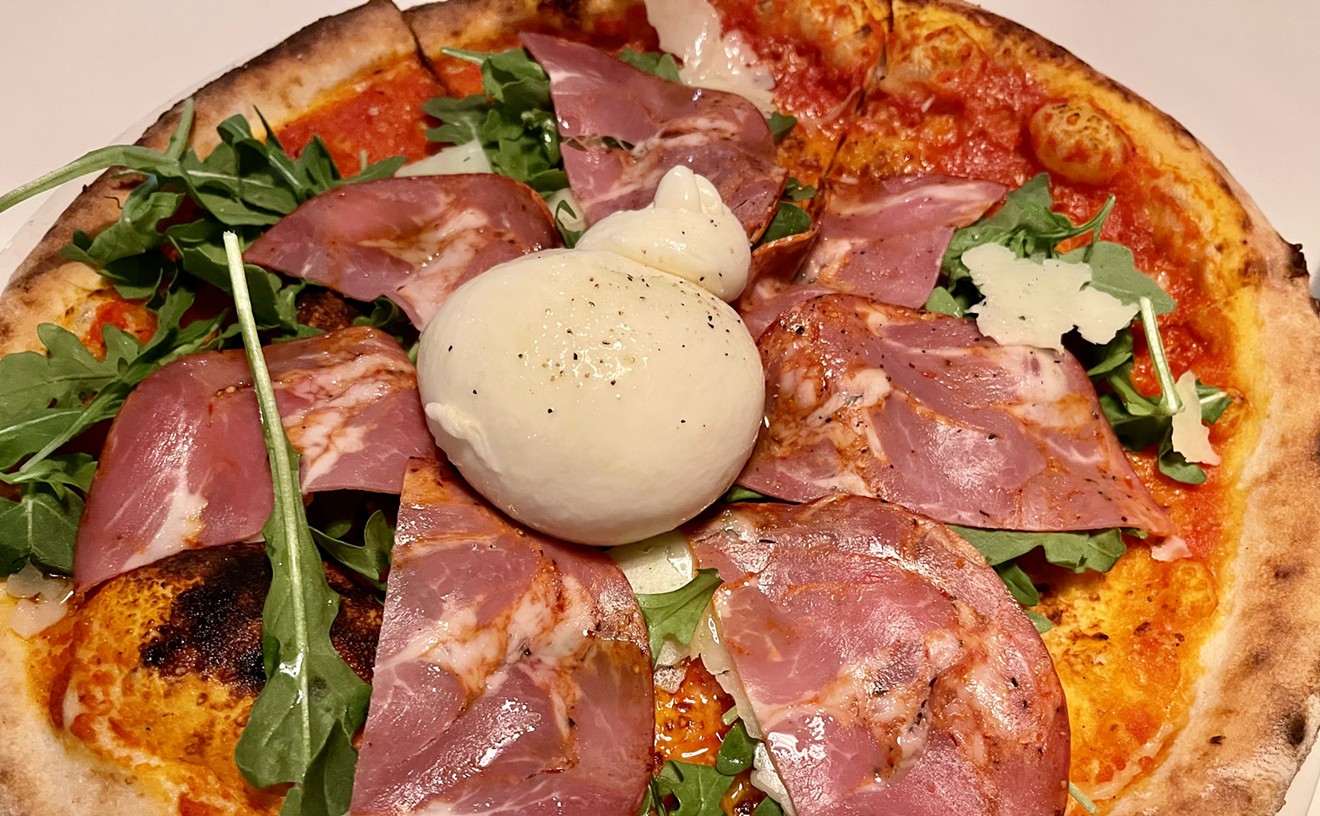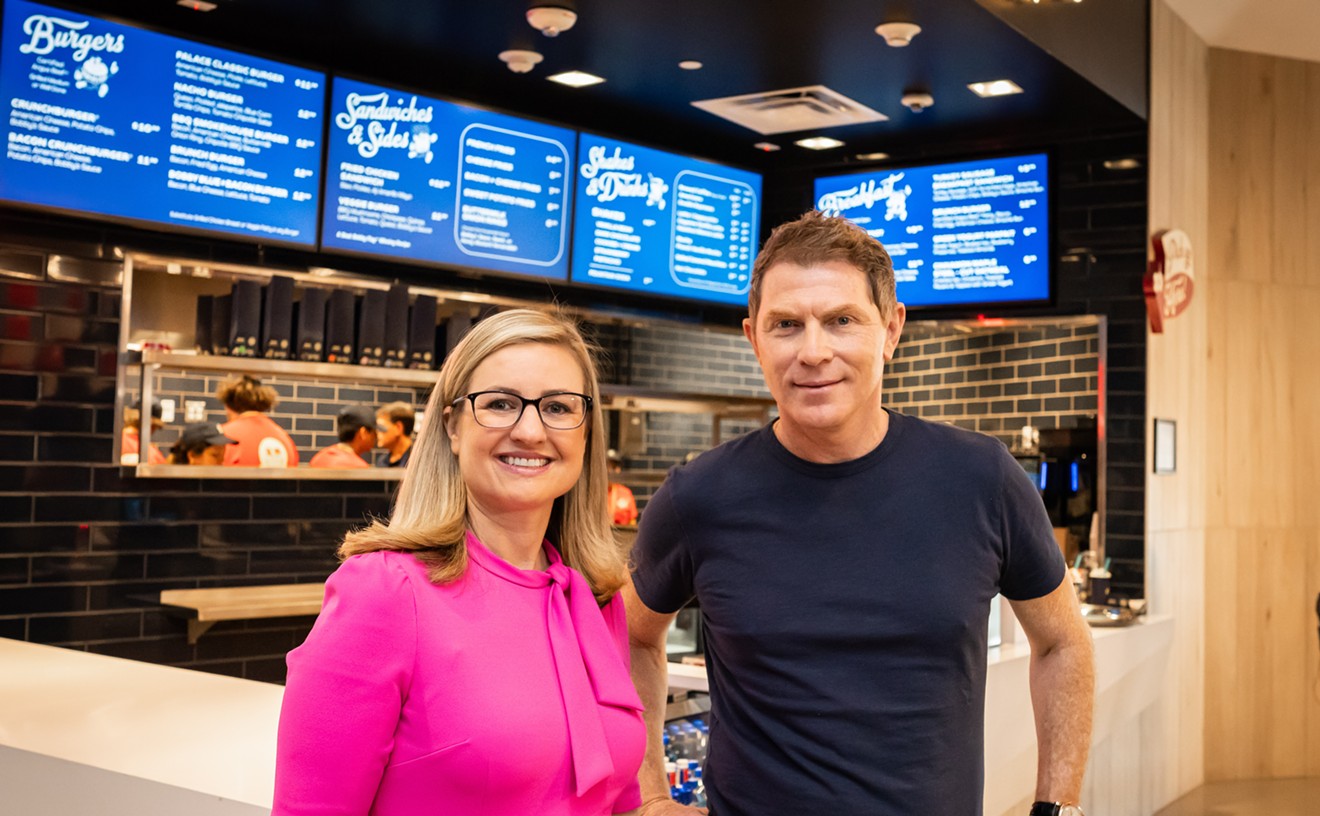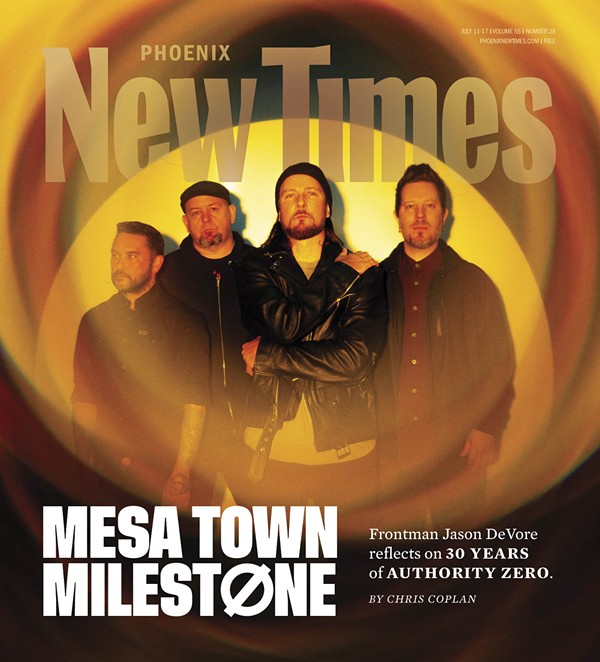Welcome to Table Scraps, a monthly series on the growing problem of food waste and what some eateries, officials, farms, institutes, and everyday people are doing right. This isn’t a guilt trip, just a way to unpack initiatives attempting to reduce kitchen waste and food loss, as more than 40 percent of all food is wasted in the U.S. We’re exploring backyard composting to city programs, restaurant tips to technology, and anything related to this global issue. Heat up those leftovers, and settle in.
I started writing this series to learn more about how food and the environment were connected. The idea was that by writing about it, I'd help dummies like myself learn, too. Sometimes the topics are as simple showing how composting is super easy. Other times, it’s complicated, such as when we parsed what you can and should not feed animals to reduce kitchen waste. And sometimes it’s a scary, possibly life-altering topic, like this: Eating meat is not great for our planet.
I say scary because I love meat, guys. It’s most of my diet. Wings, thighs, steak, burgers, meatballs — all things I eat regularly. So, how are high-protein habits like these bad for the environment? How does it connect?
It boils down to livestock raised (mostly) for human consumption, and the harmful methane that comes from these animals.
Almost 30 percent of the world's ice-free land is used to raise livestock, The New York Times has reported. (If you'd like to learn more about that, check out this report or this report.)
Raising livestock is connected to deforestation, reducing biodiversity, and freshwater shortage, but emissions is the big problem. To put it in perspective, livestock produces out more greenhouse gases than the entire transportation sector.
According to the Food and Agricultural Organization of the United Nations study "Tackling Climate Change Through Livestock,” emissions from all the livestock on the globe represents 14.5 percent of total anthropogenic (meaning human-caused) GHG emissions. Hate to pick on cows, but it turns out they’re the problem (lambs too, but we don’t have time for that). Cows “are the animal species responsible for the most emissions,” representing about 65 percent of those livestock emissions, the FAO study says.
Roughly 44 percent of all livestock emissions is methane. I’d say the most well-known form is enteric methane. Essentially, cows burp — not so much fart, as NASA cutely highlighted — out GHG.
So, what we can do to counteract all those GHGs at the household level, given that the Trump administration apparently loves methane so much?
Going totally vegetarian or even vegan would help (and easy; we have some great vegan restaurants in Phoenix). But there are subtler approaches, too.
The food writer Tamar Haspel says in a Washington Post article that trading a five-ounce steak for another protein like beans once a week for a year “will keep the equivalent of 331 kilograms of carbon dioxide (CO2) out of the atmosphere.” She equates that to saving 38 gallons of gas, or trading in a dozen of those old-fashioned light bulbs for LED ones.
Environmentally, at least, the problem with eating cows isn't so much about ground beef; it's about all the different types of steak cuts consumers like. Where the cattle industry makes money — what incentivizes it to raise so much livestock — is those cuts of beef. So quitting hamburgers won't really make much of a difference. Quitting steak could.
Again, according to Haspel, if a steak pumps 331 kilograms of CO2 into the atmosphere, a similar serving of pork will only cost you 68 kilograms, and chicken just 64.
So, next time you’re at the Taco Bell order counter (preferably not the drive-thru, but these are weird times, so do what you gotta do), think about swapping your grilled steak soft taco for a shredded chicken burrito.
Simple as that (okay, it’s not, but it’s a start).
[
{
"name": "Air - MediumRectangle - Inline Content - Mobile Display Size",
"component": "18478561",
"insertPoint": "2",
"requiredCountToDisplay": "2",
"watchElement": ".fdn-content-body",
"astAdList": [
{
"adType": "rectangle",
"displayTargets": "mobile"
}
]
},{
"name": "Editor Picks",
"component": "16759093",
"insertPoint": "4",
"requiredCountToDisplay": "1",
"watchElement": ".fdn-content-body",
"astAdList": [
{
"adType": "rectangle",
"displayTargets": "desktop|tablet"
},{
"adType": "rectangle",
"displayTargets": "desktop|tablet|mobile"
}
]
},{
"name": "Inline Links",
"component": "17980324",
"insertPoint": "8th",
"startingPoint": 8,
"requiredCountToDisplay": "7",
"maxInsertions": 25
},{
"name": "Air - MediumRectangle - Combo - Inline Content",
"component": "16759092",
"insertPoint": "8th",
"startingPoint": 8,
"requiredCountToDisplay": "7",
"maxInsertions": 25,
"watchElement": ".fdn-content-body",
"astAdList": [
{
"adType": "rectangle",
"displayTargets": "desktop|tablet"
},{
"adType": "rectangle",
"displayTargets": "desktop|tablet|mobile"
}
]
},{
"name": "Inline Links",
"component": "17980324",
"insertPoint": "8th",
"startingPoint": 12,
"requiredCountToDisplay": "11",
"maxInsertions": 24
},{
"name": "Air - Leaderboard Tower - Combo - Inline Content",
"component": "16759094",
"insertPoint": "8th",
"startingPoint": 12,
"requiredCountToDisplay": "11",
"maxInsertions": 24,
"watchElement": ".fdn-content-body",
"astAdList": [
{
"adType": "leaderboardInlineContent",
"displayTargets": "desktop|tablet"
},{
"adType": "tower",
"displayTargets": "mobile"
}
]
}
]

